How to Save Pepper Seeds to Plant: Saving for Next Year
Learning how to save pepper seeds to plant in your home garden is a simple yet rewarding way to ensure next year’s harvest is just as vibrant as this season’s. Whether you’re growing bell peppers, sweet peppers, or even hot varieties, saving your own seeds offers a unique opportunity to hand-select the best peppers from your garden, preserving their traits for future generations. Not only does this process help maintain genetic diversity, but it also saves you money by reducing the need to purchase new seeds each year.
By harvesting seeds from healthy, homegrown plants, you can grow peppers tailored to your local climate and growing conditions. Plus, it gives you the chance to experiment with different varieties, ensuring the best peppers are chosen for your next planting season. Whether you’re aiming for disease-resistant plants or vibrant-colored peppers, saving seeds helps you create a sustainable and personalized home garden for years to come.
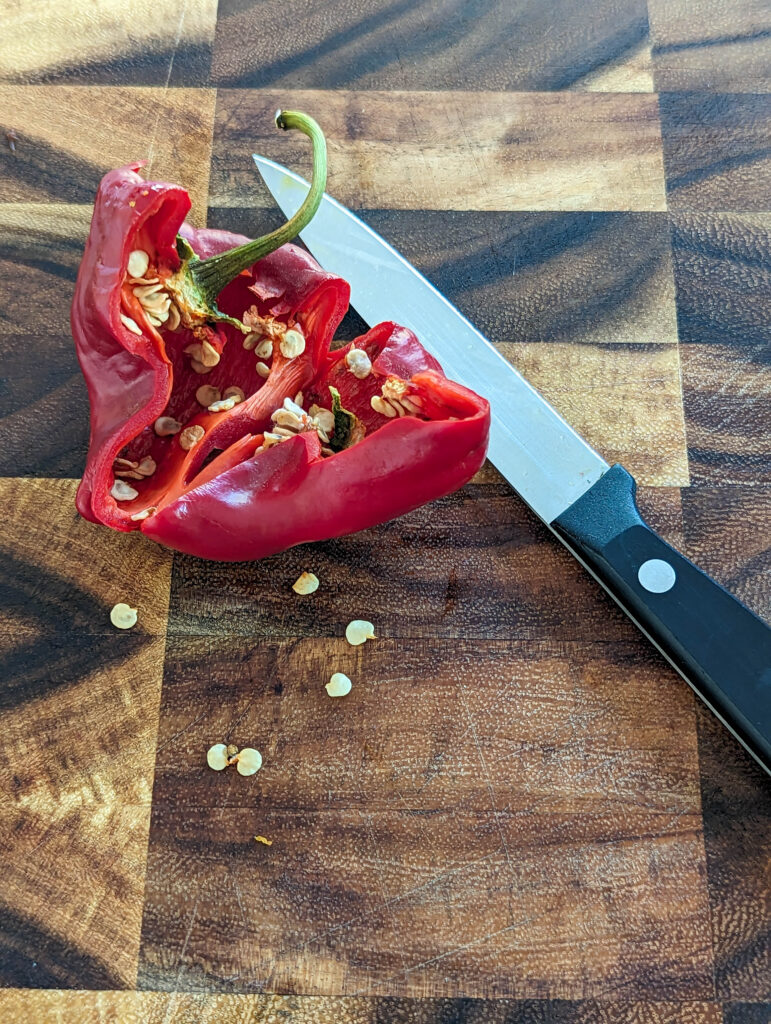
Understanding Pepper Seeds: Viability and Varieties
Seed Viability
To ensure viable seeds, start with ripe peppers. Look for peppers that have fully developed and are showing vibrant colors. These seeds are more likely to germinate successfully.
Open-Pollinated Varieties
Choosing open-pollinated varieties is crucial for seed saving. These seeds can reproduce true to type, meaning they will grow into plants identical to the parent. This ensures that your favorite traits are passed on.
Pepper Varieties
Pepper varieties come in many forms, including bell peppers, hot peppers, and sweet peppers. Each type has its own unique flavor and growth habits.
Heirloom vs. Hybrid Varieties
When saving seeds, consider the difference between heirloom and hybrid varieties. Heirloom peppers are open-pollinated and have been preserved for generations. In contrast, hybrid varieties may not produce plants true to their parent. This makes them less reliable for seed saving.
Cross-Pollination and Genetic Diversity
Cross-pollination can significantly impact your pepper seeds. When different varieties of peppers grow close together, bees and other pollinators can transfer pollen between them. This may lead to unexpected traits in the next generation of plants.
Maintaining Genetic Diversity
It’s important to maintain genetic diversity in your garden. Saving seeds from different pepper varieties helps ensure a robust crop. It also promotes healthy plants that can adapt to changing conditions. By being mindful of these factors, you can enjoy a diverse range of peppers in your garden for years to come.
Choosing the Right Peppers for Seed-Saving
Best Time for Harvest
The best time to harvest pepper seeds is when the peppers are fully mature. Look for peppers that display vibrant colors and noticeable color changes.
Signs of Maturity
Bell peppers should turn deep green or red, while hot peppers may shift from green to yellow, orange, or red. These mature peppers contain seeds that are more likely to germinate successfully.
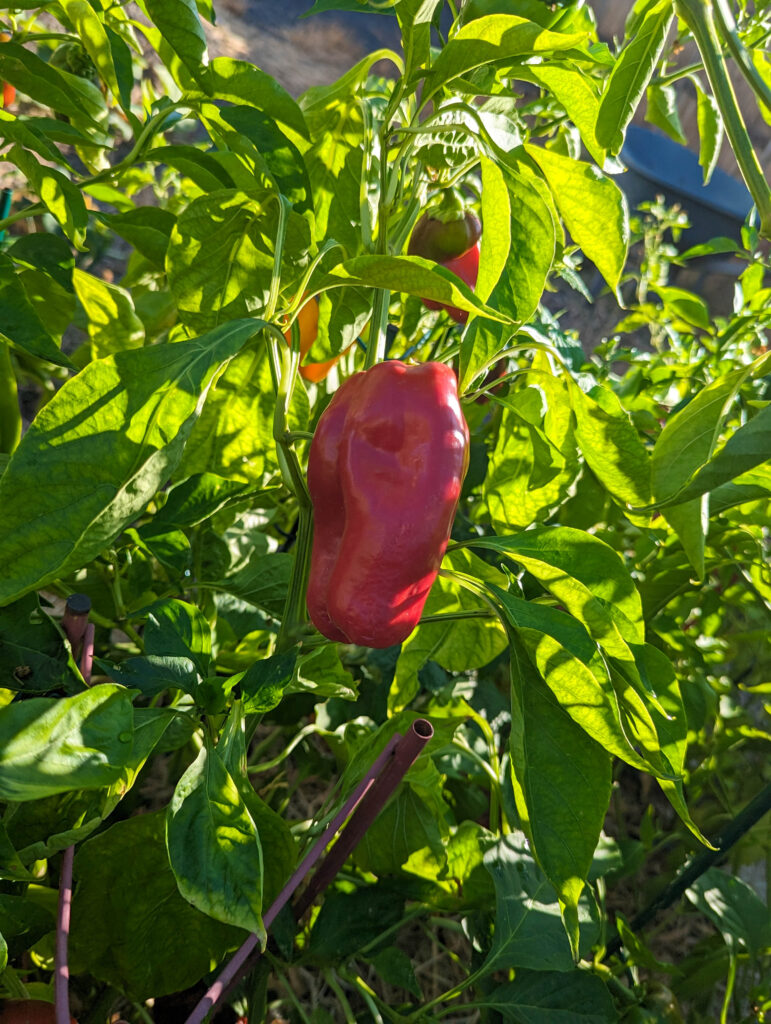
Parent Plant Selection
Selecting healthy parent plants is essential for successful seed saving. Choose plants that are vigorous and free from disease. This ensures that your seeds will carry strong genetic traits.
Importance of Disease Resistance
Healthy plants produce robust seeds, which can lead to strong, disease-resistant future generations. By starting with healthy parent plants, you set the foundation for your home garden’s success.
Heirloom and Open-Pollinated Varieties
Heirloom seeds and open-pollinated varieties are excellent choices for preserving genetic traits. These seeds will grow true to type, producing plants similar to their parent.
Benefits of Heirloom Seeds
Heirloom varieties often possess unique flavors and characteristics that are hard to find in hybrid plants. Saving these seeds helps maintain a diverse gene pool, which benefits your garden and the environment. By focusing on heirloom and open-pollinated varieties, you can ensure a rich variety of peppers in your garden for years to come.
Harvesting Pepper Seeds: Step-by-Step Process
Preparing the Pepper
Start by selecting ripe peppers—whether bell, sweet, or hot pepper pods. Look for peppers that have reached their full color and maturity. Once selected, identify the top of the pepper to make the first cut.
Why Maturity Matters
Ripe peppers provide the best seeds because they’ve fully developed, ensuring higher germination rates. Avoid green, immature peppers, as their seeds are unlikely to be viable.
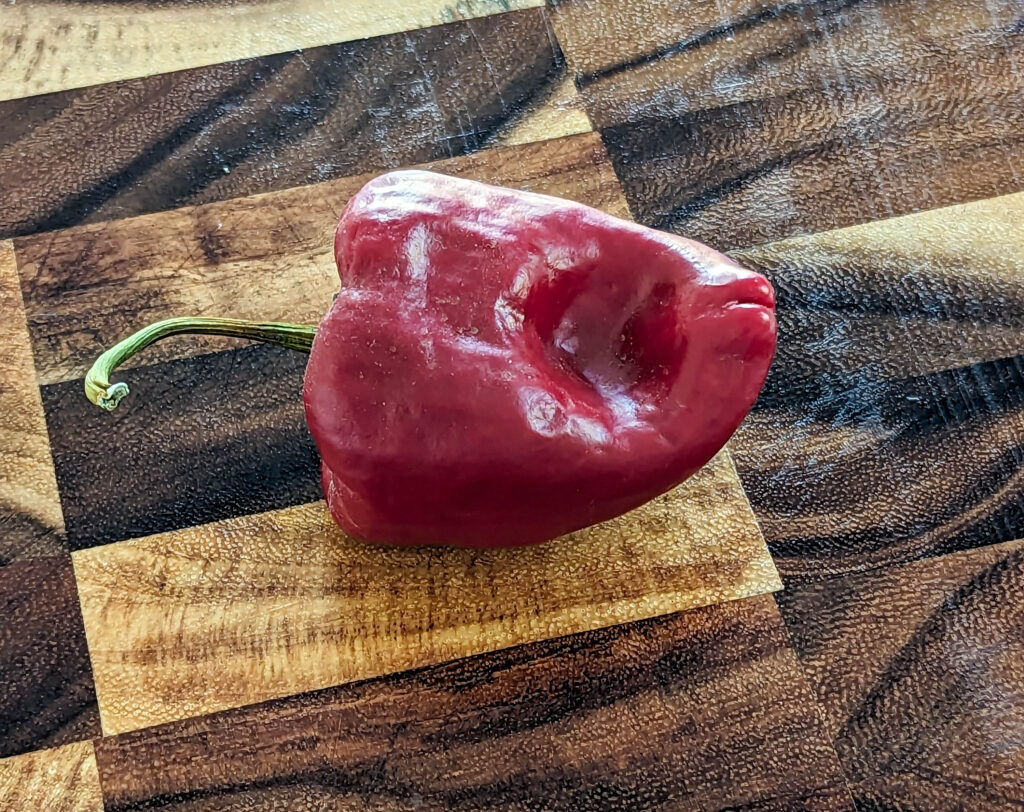
Seed Harvest Process
- Slice the Pepper: Carefully slice open the pepper, starting from the top, and remove the seeds from the core.
- Spread the Seeds: Lay the seeds out in a well-ventilated area for proper drying. Avoid placing them in direct sunlight.
- Use a Paper Towel or Coffee Filter: Spread the seeds on a paper towel or coffee filter to help absorb excess moisture.
- Single Layer Drying: Ensure the seeds are spread in a single layer. This prevents clumping and promotes even drying.
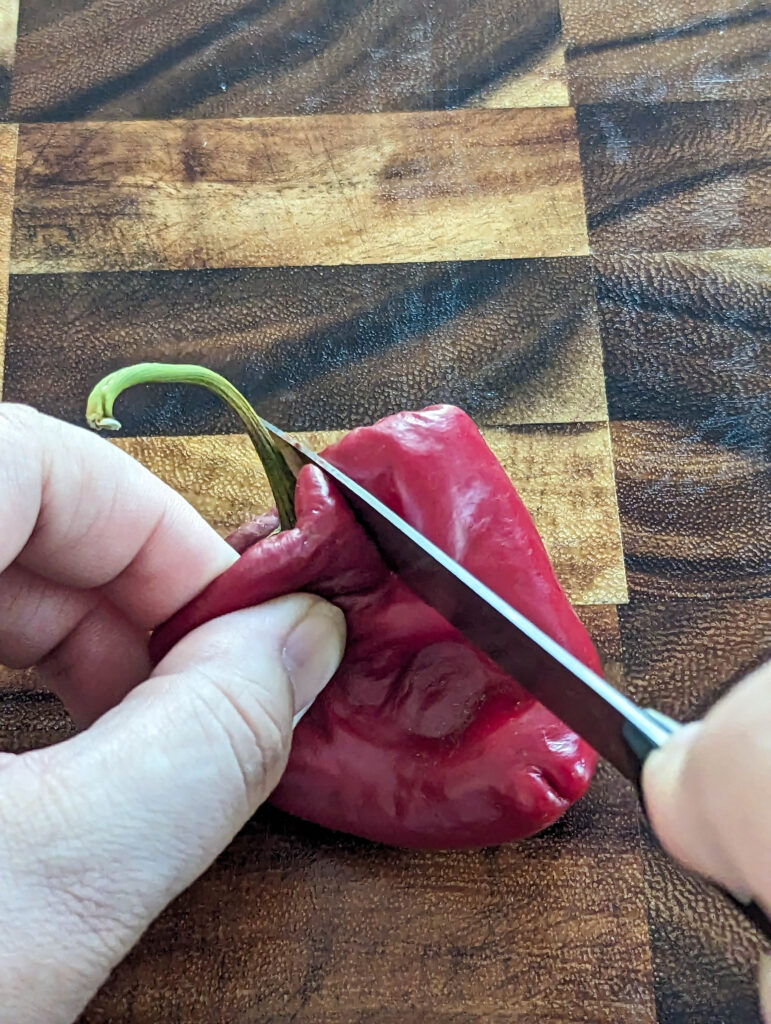
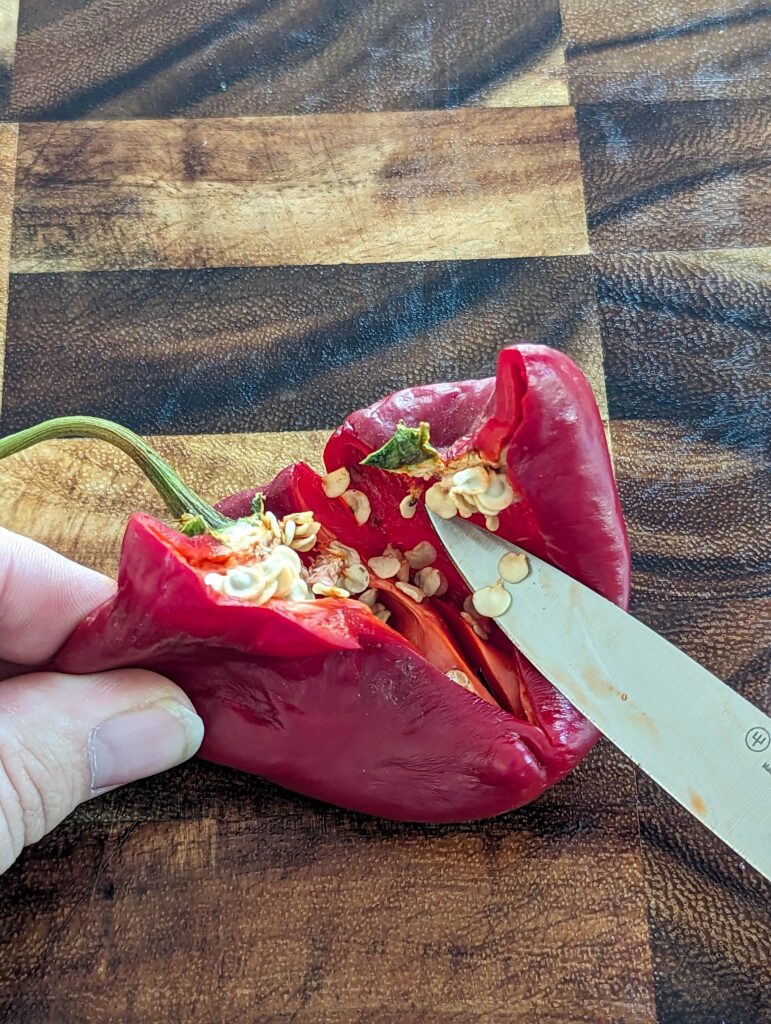
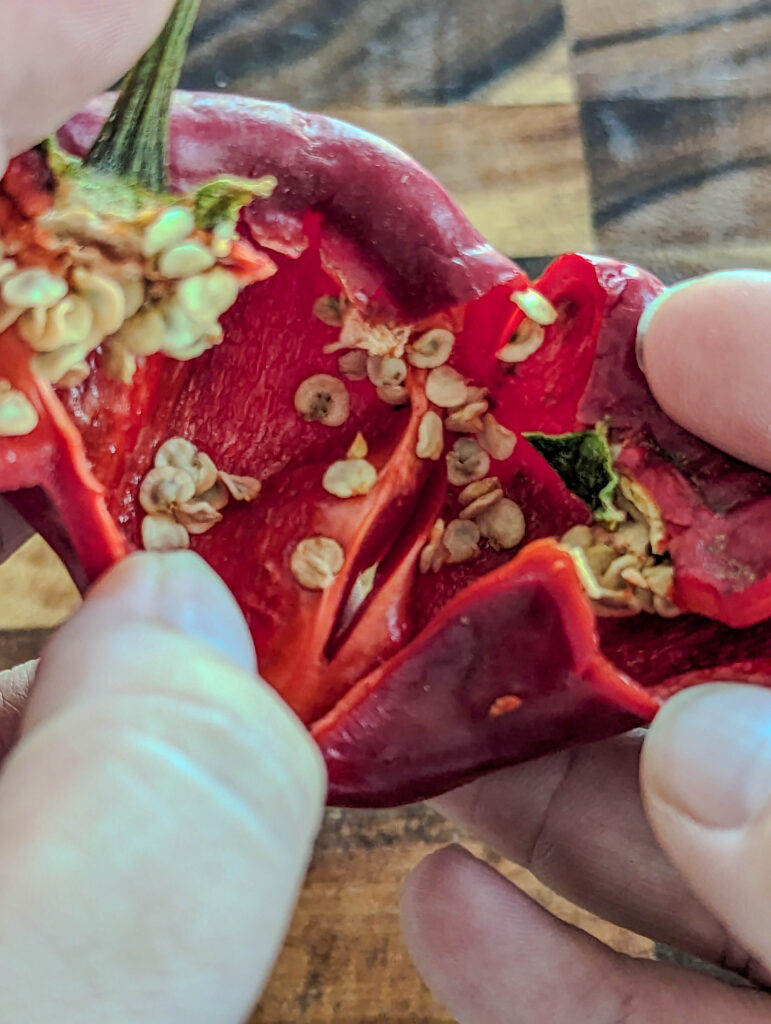
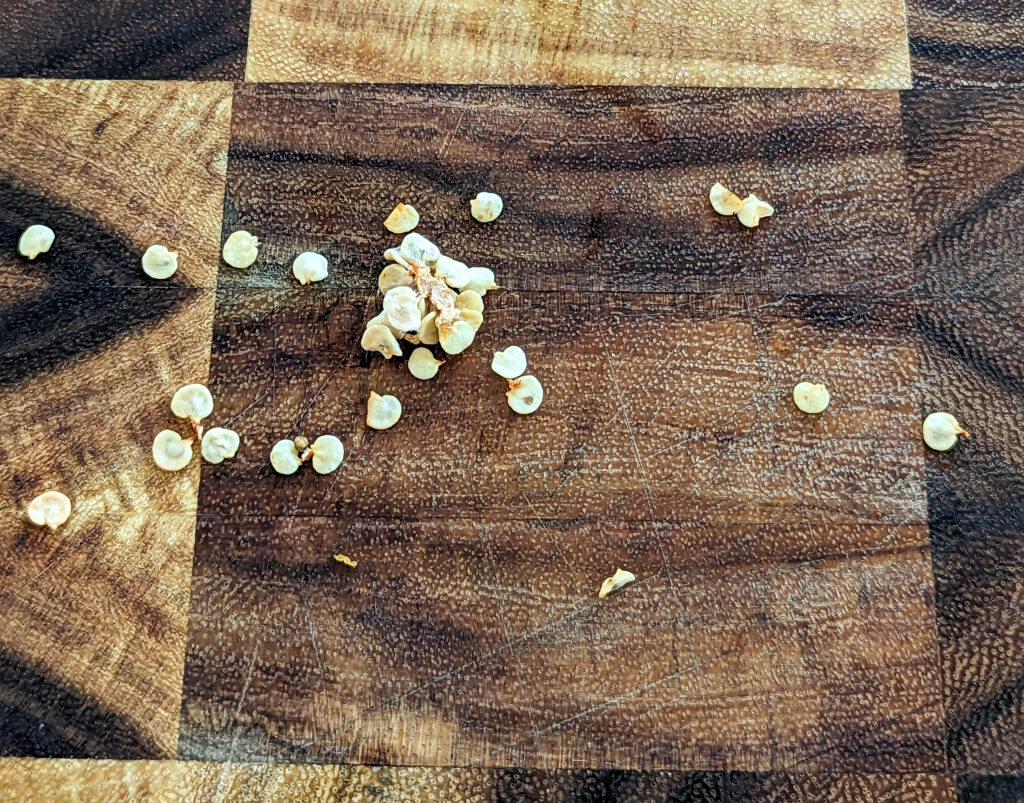
Tips for Hybrid Plants
Hybrid pepper seeds may not produce plants that resemble the parent. While hybrids can be fun to experiment with, their seeds often result in unpredictable traits. If you want consistency in future crops, it’s better to avoid saving hybrid seeds and focus on open-pollinated or heirloom varieties.
Drying Pepper Seeds: Ensuring Long-Term Viability
Ideal Drying Conditions
To ensure long-term viability, it’s crucial to dry pepper seeds in a dry, well-ventilated area. Choose a spot that is away from direct sunlight to prevent overheating.
Why Ventilation Matters
Good ventilation allows moisture to escape, reducing the risk of mold. Proper air circulation is essential for successful seed drying.
Drying Process
After harvesting, let the seeds dry for a couple of days. Use a flat surface, such as a paper towel or coffee filter, to spread the seeds out evenly.
Flat Surface Benefits
A flat surface helps maintain good airflow around the seeds, promoting even drying and preventing clumping.
Preventing Excess Moisture
Excess moisture is detrimental to seed viability. It can lead to mold growth, which can ruin your seeds. Ensuring seeds are thoroughly dried before storing them is essential for future planting.
Mold Risks
Mold can cause seeds to lose their viability, making them less likely to germinate when planted.
Good Ventilation & Constant Temperature
Maintaining a constant temperature during the drying process is vital. Aim for a cool, dry area that avoids temperature fluctuations.
Optimal Conditions
Consistent temperature and good ventilation create ideal conditions for drying pepper seeds, ensuring they remain healthy for planting next season. By following these guidelines, you can successfully preserve your pepper seeds for long-term use.
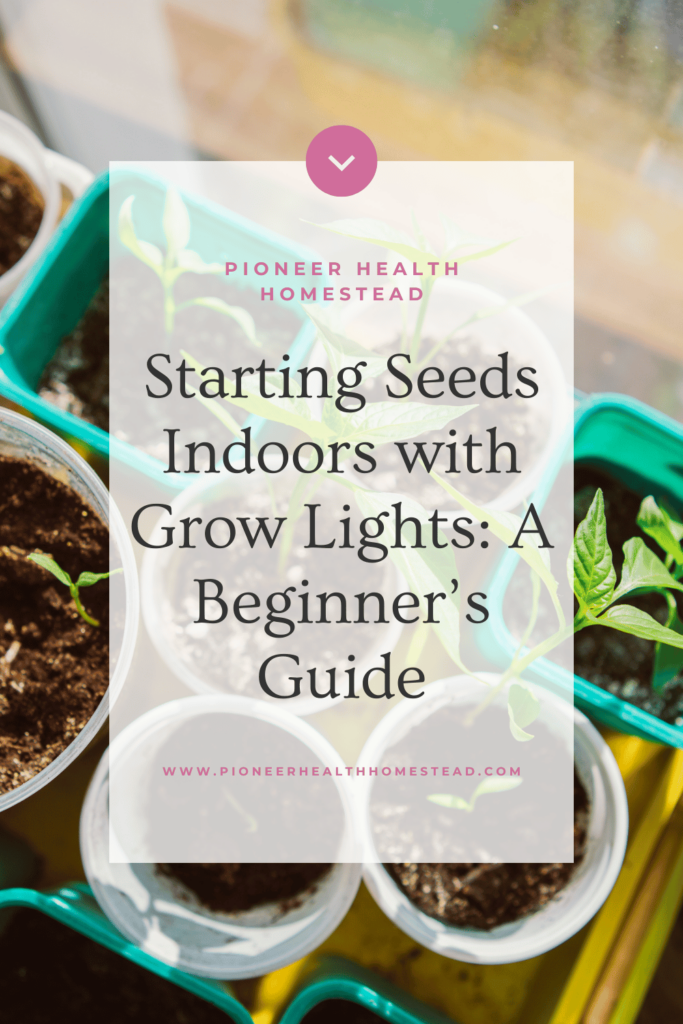
Storing Pepper Seeds for Future Use
Storing Seeds
Properly storing seeds is crucial for maintaining seed viability. Using an airtight container helps protect seeds from moisture, pests, and air exposure, all of which can compromise their quality.
Why Airtight Matters
An airtight seal prevents moisture from entering, which can lead to mold growth and reduced germination rates.
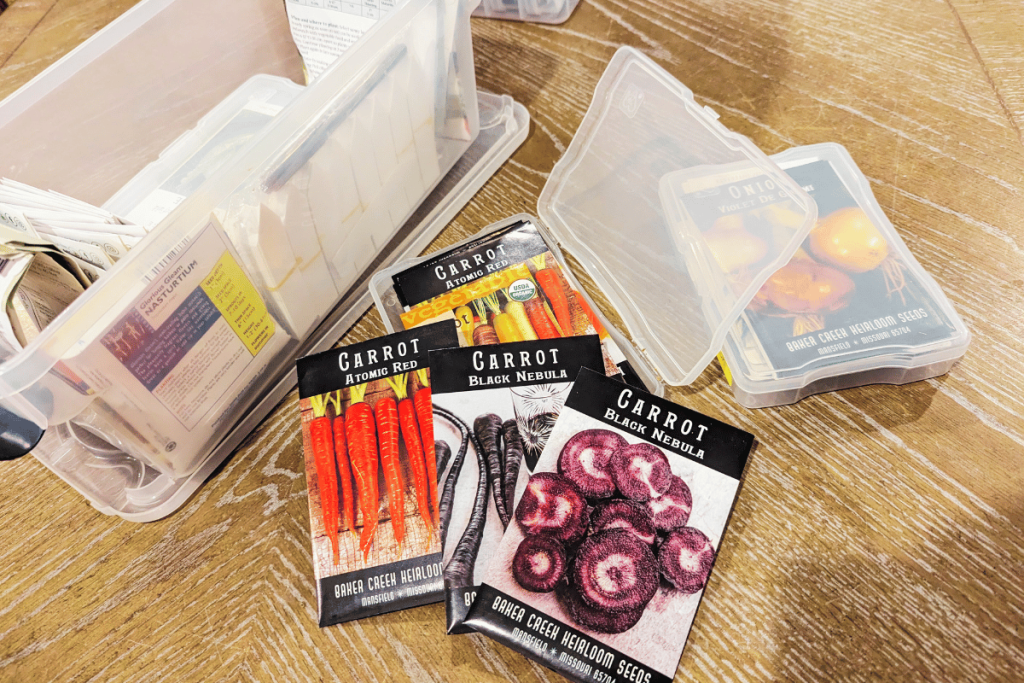
Best Containers for Storage
When it comes to storage, you have several options. Consider using a paper envelope, a seed bag, or small jars for your seeds.
Silica Gel Packets
Incorporating silica gel packets into your storage containers is a smart move. These packets absorb excess moisture and keep the seeds dry, ensuring a longer shelf life.
Dry & Dark Location
The ideal conditions for seed storage include room temperature and a dry area that is also dark. A pantry or closet works well for this purpose.
Importance of a Dark Place
Light can degrade seeds over time, so keeping them in a dark environment helps preserve their viability.
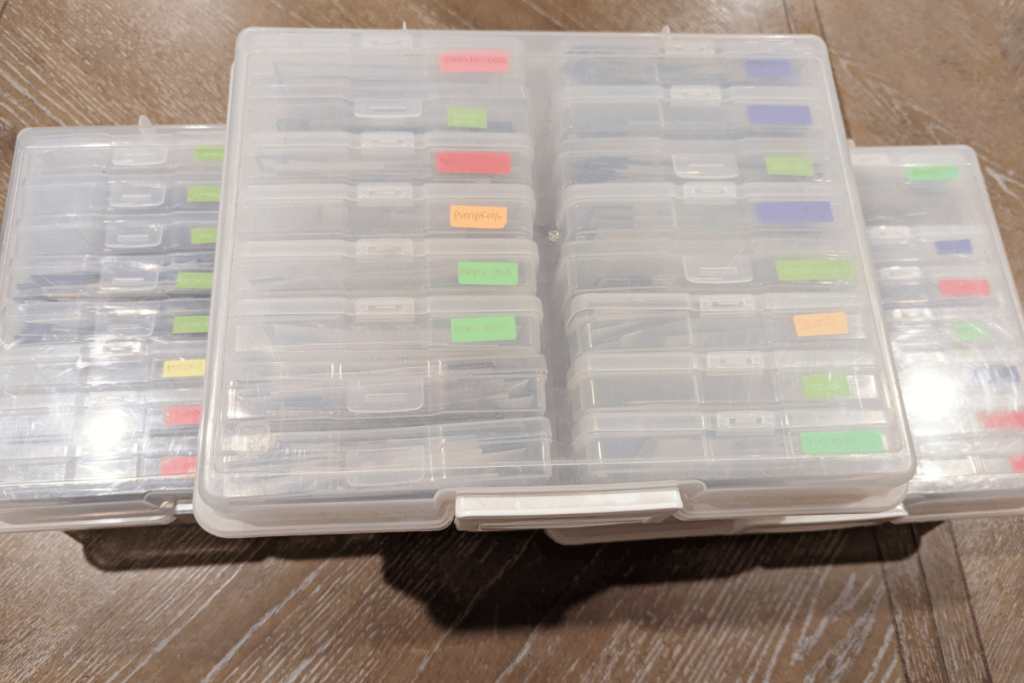
Using Food-Grade Desiccants
Adding food-grade desiccants, like silica gel packets, can significantly prolong the life of your seeds. You can find these packets at craft stores or in packaged foods.
Desiccant Benefits
Desiccants help maintain low humidity levels within your storage container, further protecting your seeds from moisture damage. By following these storage tips, you can ensure your pepper seeds remain viable and ready for planting when the next season arrives.
Ensuring Successful Germination
Best Conditions for Germination
To achieve high germination rates, it’s essential to create the right conditions. Start by avoiding excess moisture, which can lead to mold and seed rot.
Use Mature Seeds
Always use seeds harvested from mature, healthy peppers. These seeds are more likely to sprout successfully.
Proper Storage
Ensure seeds are stored correctly in airtight containers, in a dry, dark place. This helps maintain seed viability until planting.
Planning for the Next Season
Timing is crucial when planning to plant your seeds. Aim to plant them in late winter or early spring for the best results.
Ideal Planting Time
Late winter allows for early germination indoors, giving your plants a head start before outdoor planting.
Germination Testing
Before planting, consider performing a germination test to check the viability of your seeds. This optional test helps ensure you’re planting seeds that are likely to sprout.
How to Test
Place a few seeds on a damp paper towel or coffee filter, then fold it over and keep it in a warm, dark area. After a week, check how many seeds have germinated. If most sprout, you’re ready to plant!
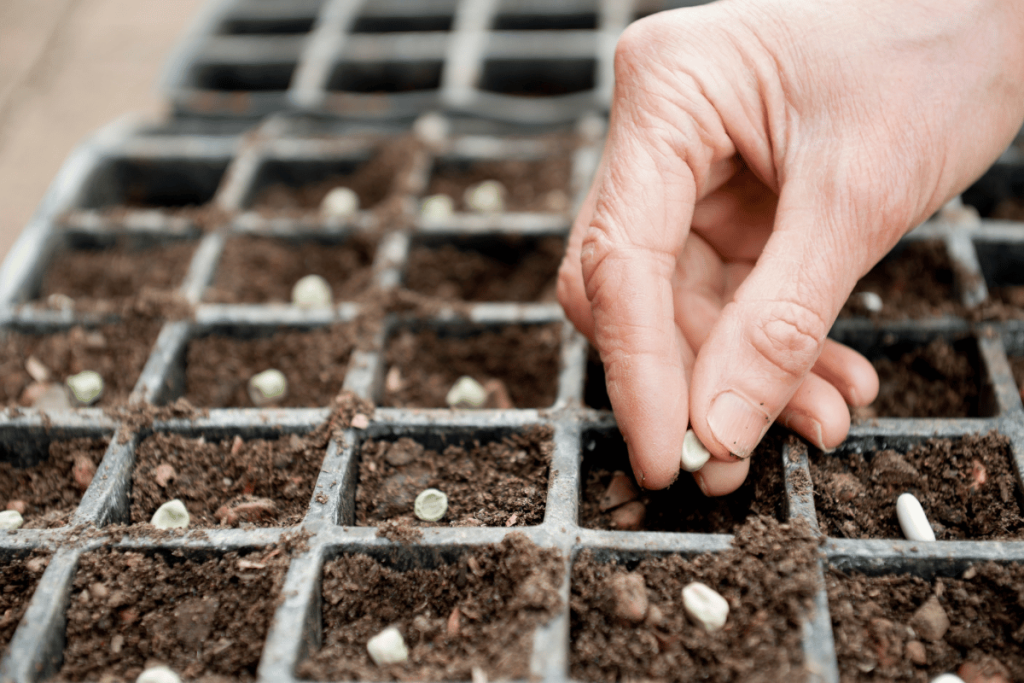
By following these guidelines, you can set yourself up for a successful growing season with healthy new pepper plants.
Common Seed-Saving Mistakes to Avoid
Mistake 1: Saving Seeds from Store-Bought Peppers
One common mistake is saving seeds from store-bought peppers. Unless these are heirloom varieties, they may not produce the same peppers next year. Most grocery store peppers are hybrids.
Why Heirloom Matters
Heirloom seeds maintain their genetic traits and can be reliably replanted.
Mistake 2: Not Drying Seeds Properly
Another mistake is not drying seeds properly or storing them in a humid environment. This can lead to mold growth and reduced seed viability.
Importance of Proper Drying
Seeds must be thoroughly dried to prevent excess moisture. Always dry seeds in a well-ventilated area.
Mistake 3: Saving Seeds from Hybrid Varieties
Saving seeds from hybrid varieties can lead to disappointing results. These seeds may not produce the same type of pepper next year.
Understanding Hybrid Seeds
Hybrid plants result from cross-pollination and often lack consistent traits, making them unreliable for future planting.
Benefits of Saving Your Own Seeds
Cost Savings
One of the significant benefits of saving your own seeds is cost savings. By using your seeds, you reduce the need to buy new seeds from grocery stores or seed catalogs.
Financial Benefits
This can lead to substantial savings over time, especially if you grow a large garden.
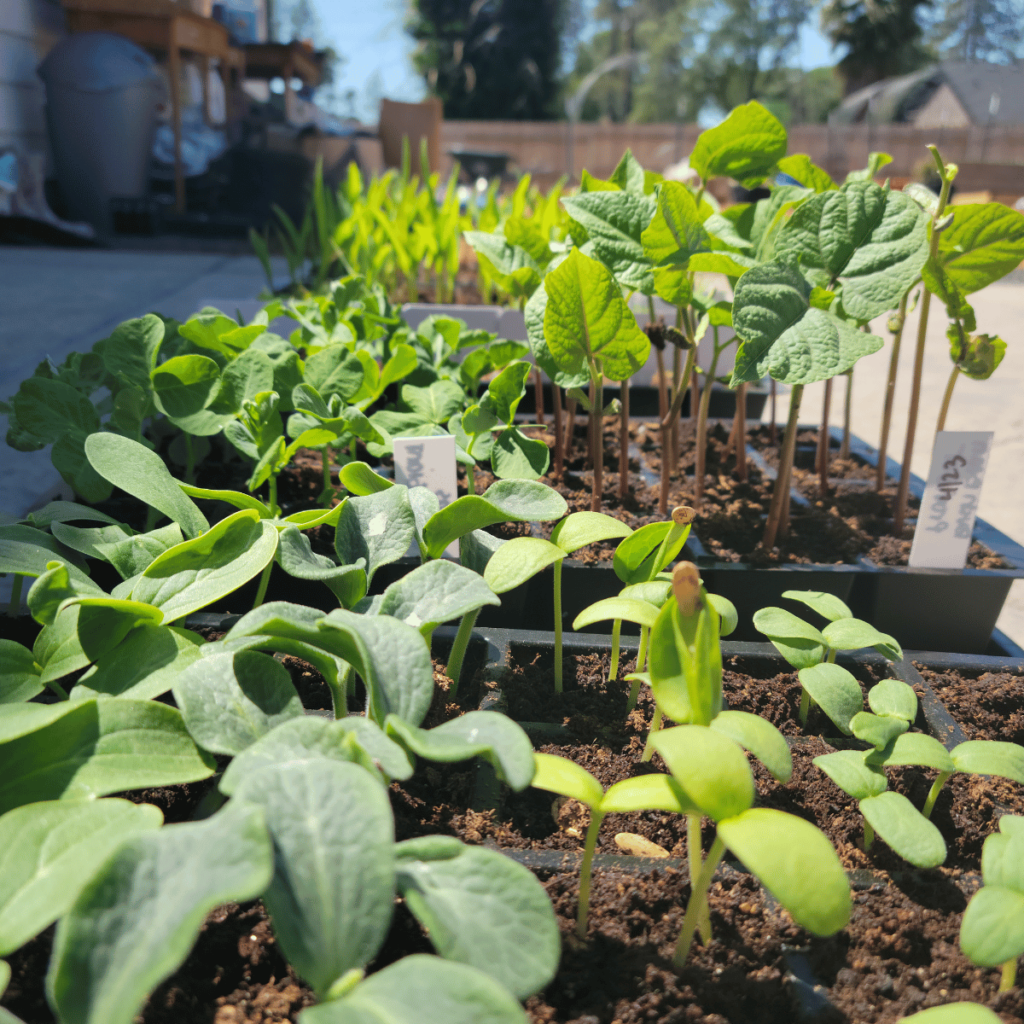
Preserving Genetic Diversity
Saving heirloom and open-pollinated pepper seeds is crucial for maintaining genetic diversity. This practice helps protect unique traits that may be lost in commercial seed production.
Why Genetic Diversity Matters
Diverse plants can adapt better to changing environmental conditions, enhancing resilience against pests and diseases.
Future Use
Saving seeds offers long-term benefits for multiple growing seasons. This practice allows you to maintain a self-sustaining home garden.
Sustainability
By continually saving seeds, you create a cycle of growth that supports future generations of peppers in your garden. With these practices, you can enjoy a vibrant, healthy garden year after year!
Save for Later!
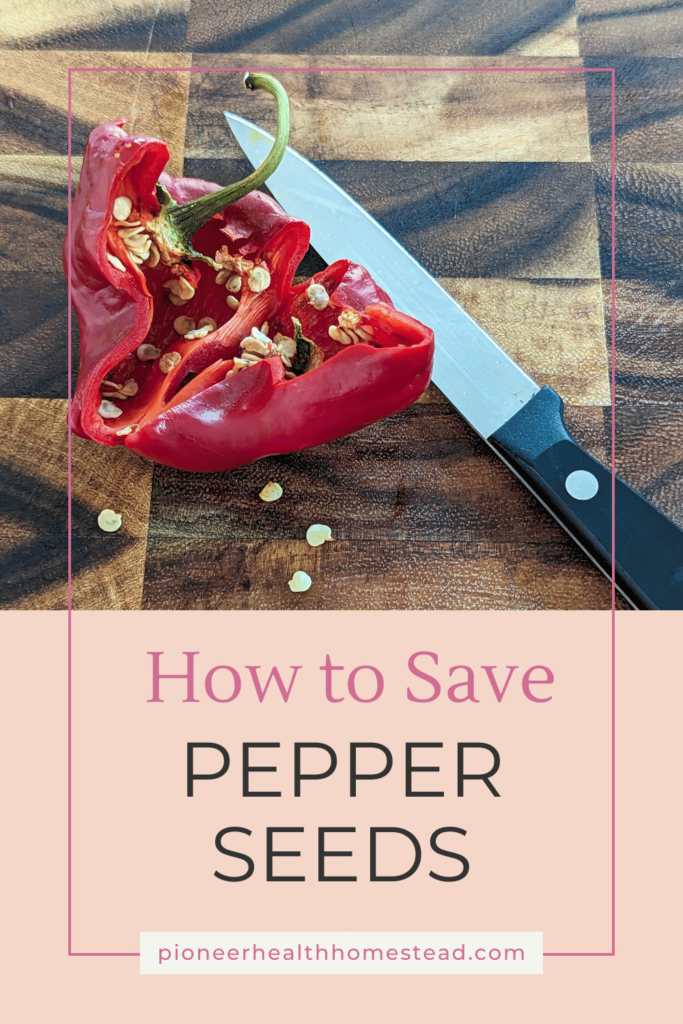
Overview
Saving pepper seeds is a straightforward and rewarding process that anyone can try, regardless of gardening experience. With just a few simple steps, you can enjoy the satisfaction of nurturing your own plants from seeds you’ve saved.
Start Your Seed-Saving Journey
Now is the perfect time to start saving seeds from your best peppers this season. By doing so, you can prepare for next year’s planting and cultivate a vibrant garden filled with peppers you love.
Final Tips
Here are some quick reminders to ensure your seed-saving success:
- Drying: Always dry your seeds thoroughly before storing them to prevent mold and ensure viability.
- Storage: Keep your seeds in a dry place, ideally in airtight containers, to maintain their quality.
- Choose the Best Varieties: Focus on heirloom or open-pollinated peppers for reliable and consistent results.
Embrace the joy of saving your own seeds and enjoy a flourishing garden in the years to come!
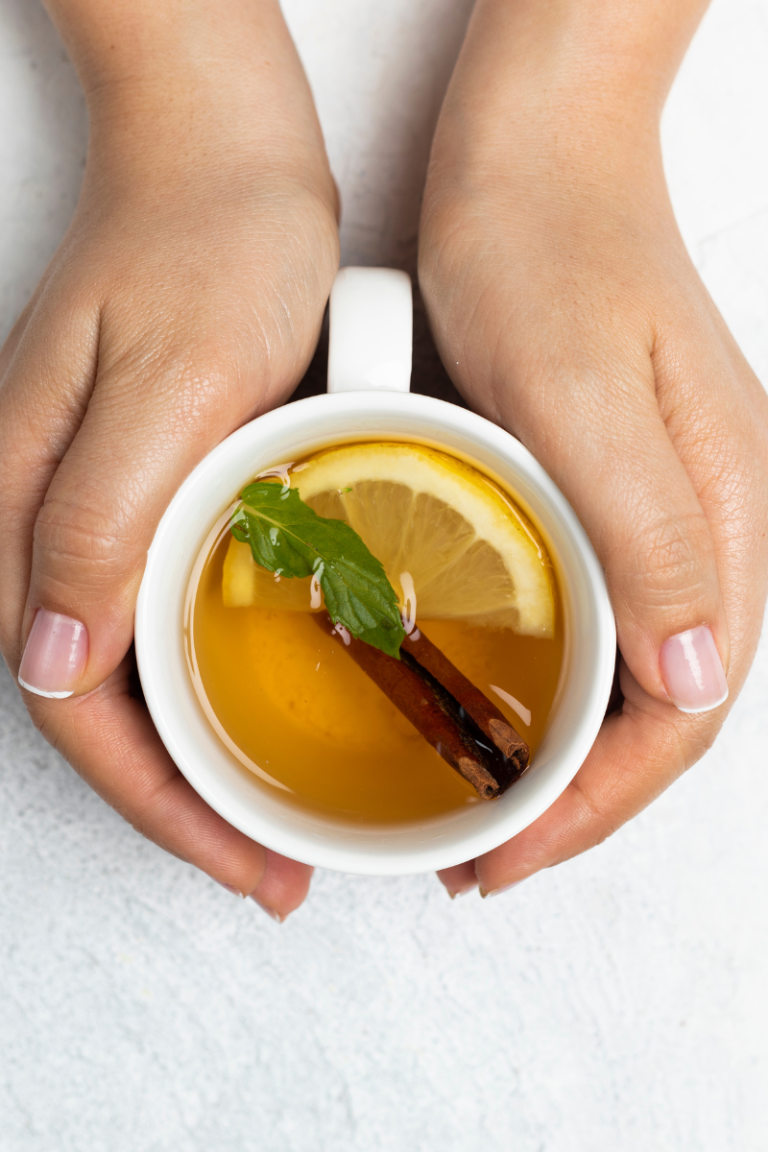
The Best Temp for Herbal Tea: Guide for Optimal Brewing
Sharing is caring! Facebook Pinterest X The Best Temp for Herbal Tea: Guide for Optimal Brewing What is the Best Temp for Herbal Tea? What You’ll Learn in This Guide The best temp for herbal tea is key to unlocking the full flavors and health benefits of your brew. In this guide, tea lovers will…
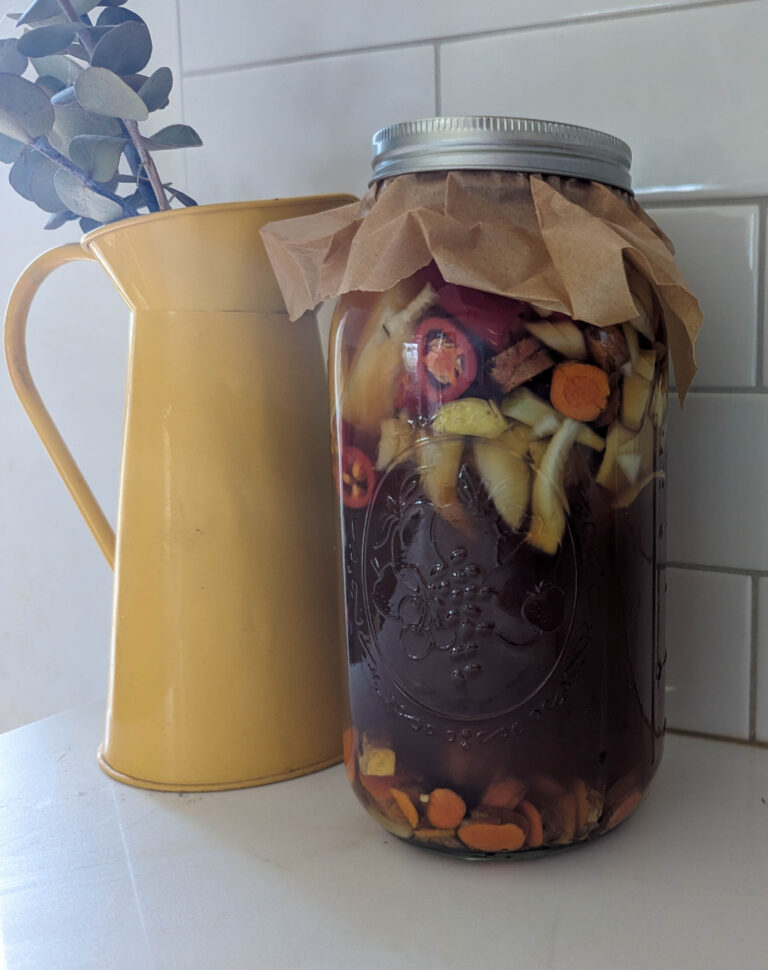
How to Make a Quick Fire Cider Recipe for the Cold and Flu
How to Make a Quick Fire Cider Recipe for the Cold and Flu Quick Fire Cider Recipe for Cold and Flu When the cold season sets in, it’s the perfect time to boost your immune system with a natural remedy. A quick fire cider recipe is a traditional folk remedy packed with immune-boosting and anti-inflammatory…
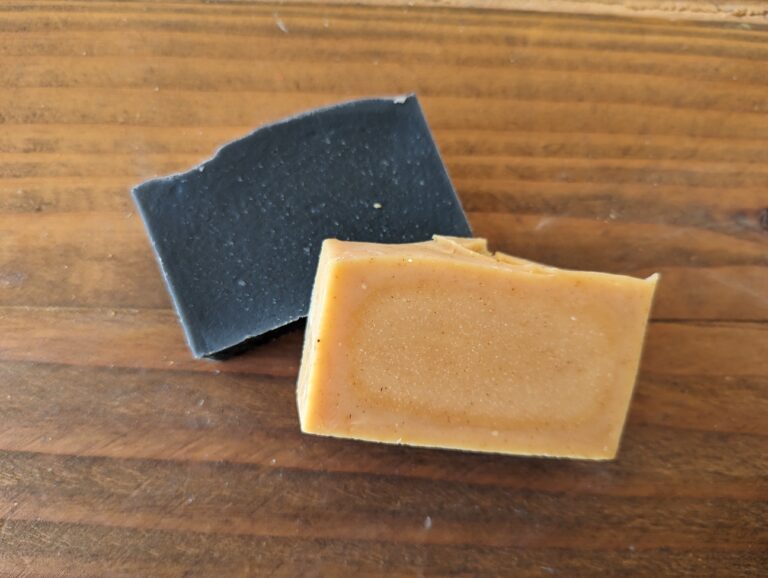
Benefits of Homemade Soap: Reasons for Natural and Handmade
Benefits of Homemade Soap: Reasons for Natural and Handmade Introduction to the Benefits of Homemade Soap The benefits of homemade soap are gaining attention as people prioritize natural products in personal care routines. Unlike commercial soaps, homemade soap offers natural, skin-friendly alternatives made with high-quality ingredients. It’s a better choice for health-conscious individuals. This article…
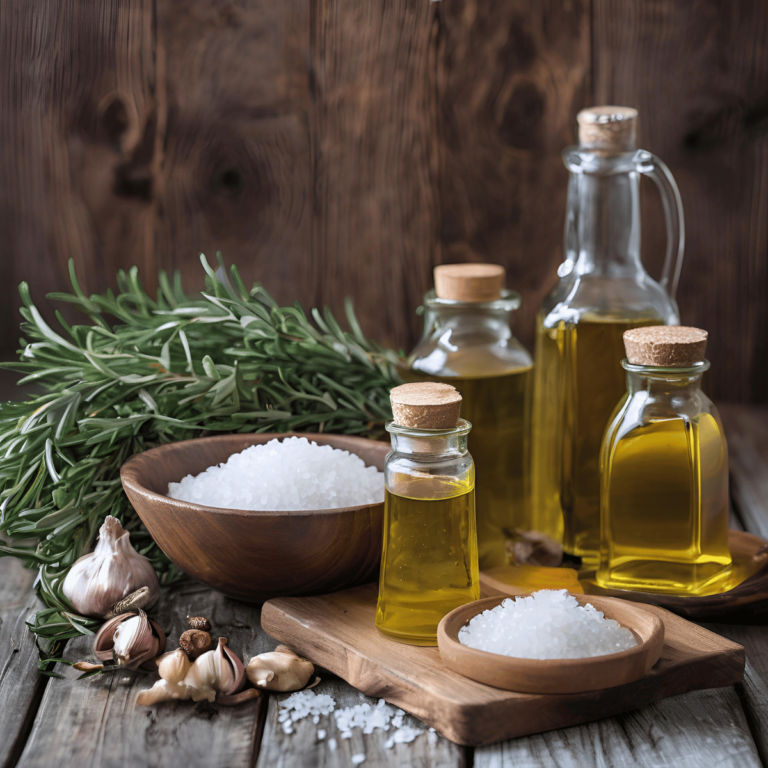
The Best Home Remedies for Ear Infection While Pregnant
The Best Home Remedies for Ear Infection While Pregnant Introduction to Ear Infections During Pregnancy Home remedies for ear infection while pregnant are often sought by expectant mothers dealing with the discomfort of ear pain. Pregnancy can weaken the immune system, making you more vulnerable to ear infections. Hormonal changes and increased blood flow during…
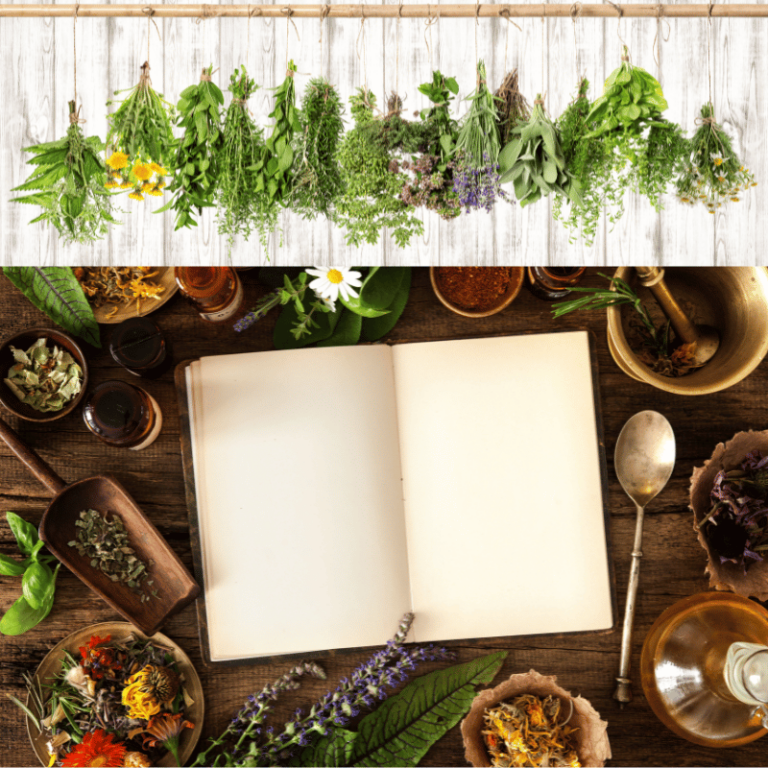
The Best Herbal Medicine Recipes: Natural Healing with Herbs
The Best Herbal Medicine Recipes: Natural Healing with Herbs Rise of Herbal Medicine In this post, we’ll explore herbal medicine recipes that are simple to make and can be used for a variety of common ailments. Whether you’re looking to strengthen your immune system, relieve a sore throat, or treat skin issues, there’s a recipe…
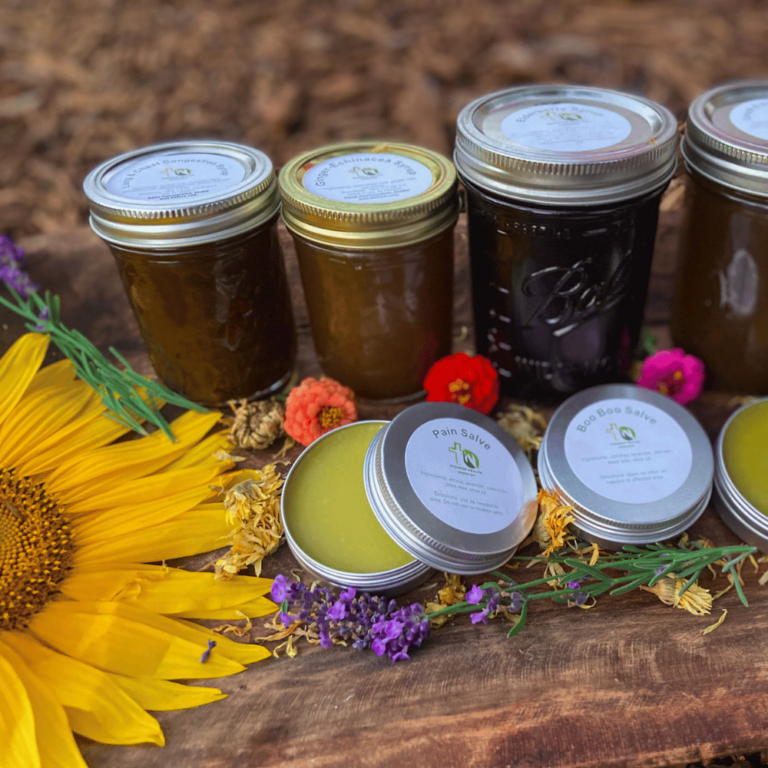
Herbalism for Beginners: Comprehensive and Practical Guide
Herbalism for Beginners: Comprehensive and Practical Guide Herbalism for Beginners In this blog post, I will discuss that herbalism for beginners can be a wonderful way to explore the healing power of nature. Herbalism is the practice of using plants for medicinal purposes, and it has been around for centuries. In ancient times, people relied…
